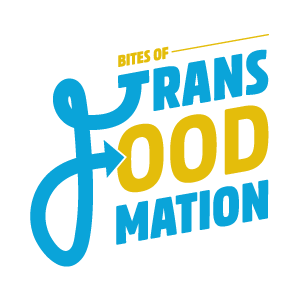Promoting research and ideas on insect-based revolution for food, feed, and other products towards accomplishing sustainable global food systems and nutrition while breaking the stigma on entomogaphy.
- Our Goal: to promulgate entomogaphy while empowering sustainable insect agriculture to build new societies for the Good of All.
-
- More information: For breeding, a round plastic container (approximately 45 centimeters in diameter and 15 centimeters in height) filled with ground palm stalk mixed with pig feed is used. In the container, five pairs of adult male and female weevils are released. After 25 to 30 days, approximately 1-2 kilograms of fully grown palm weevil larvae can be harvested per container.
- Benefits: Insects are extremely rich in proteins, vitamins, and minerals, and can be served with organic side-streams. Farming insects require less land and water and emit less to no greenhouse gas emissions compared to conventional livestock.
“Entomogaphy for us is the key to global food security and climate change mitigation.
A UN FAO report argues that, if everyone in the world started eating insects, and they become a part of our mainstream food supply, we could reclaim 30% of the earth’s land surface, which is currently used by the livestock industry to grow animals and their feed. We could reduce our greenhouse gas emissions by 18% and we could lower the cost of food by about 33%.”
Entomogaphy ensures a balanced and ethical diet for all, in benign with our environment. – This concept is adaptable to backyard gardens and requires less investment, especially Palm Weevil Farming.
Reference
AKOKONO HOUSE, 2021. Home|Photo Gallery [online]. Akokono House. [Viewed 11 September 2021]. Available at: https://legendaryfoodsafrica.com/

